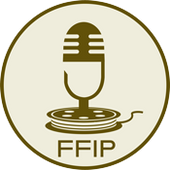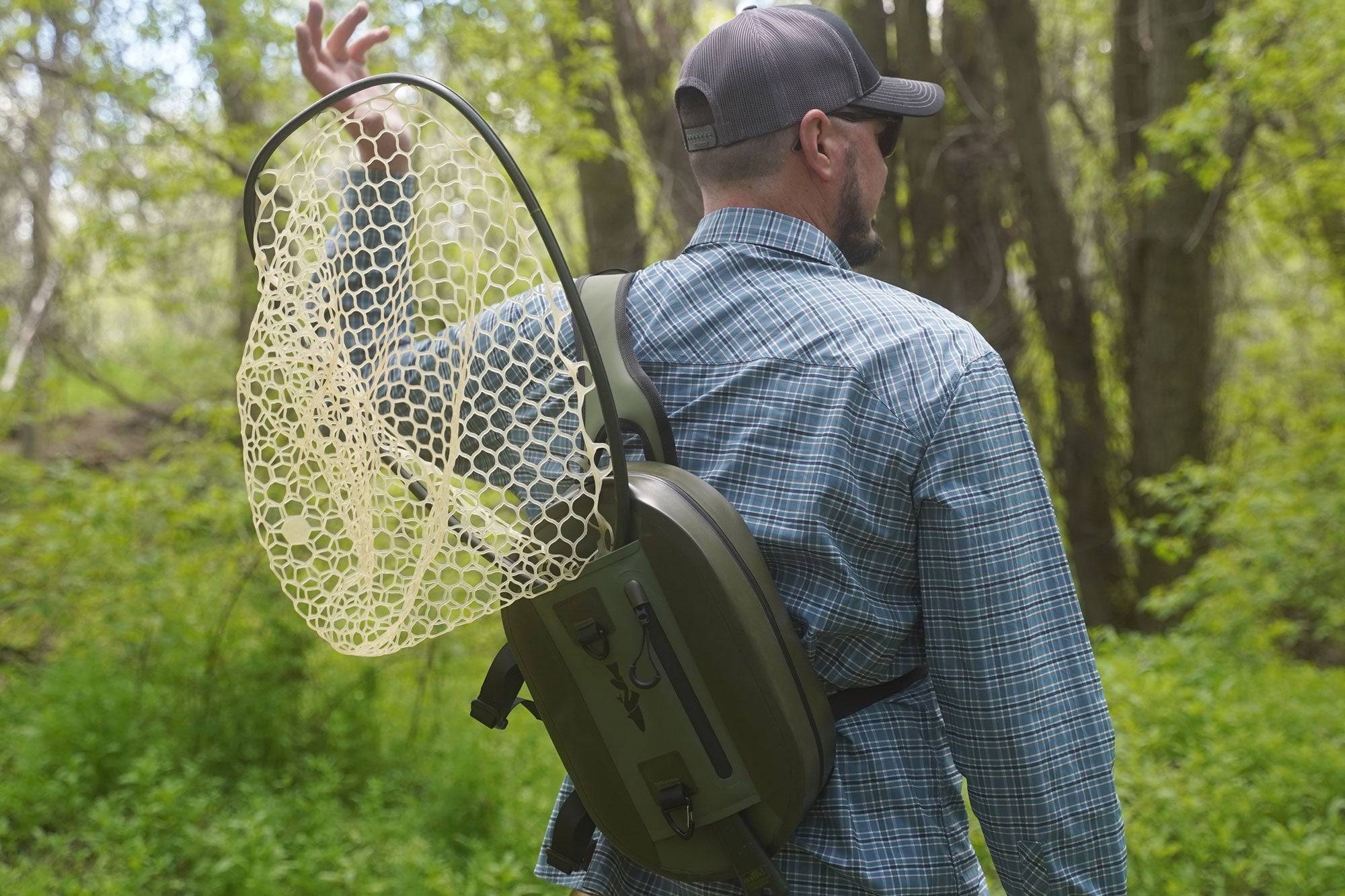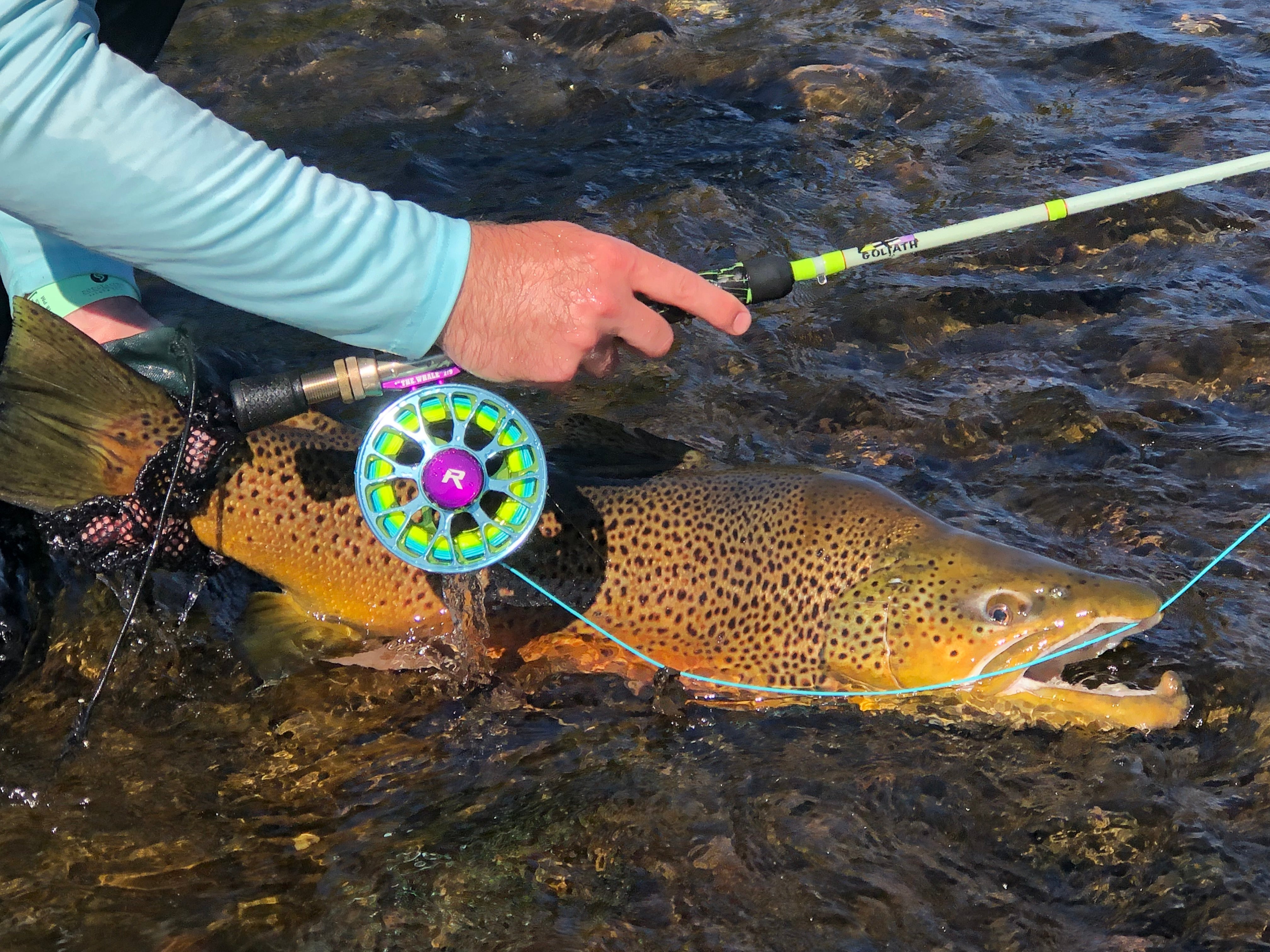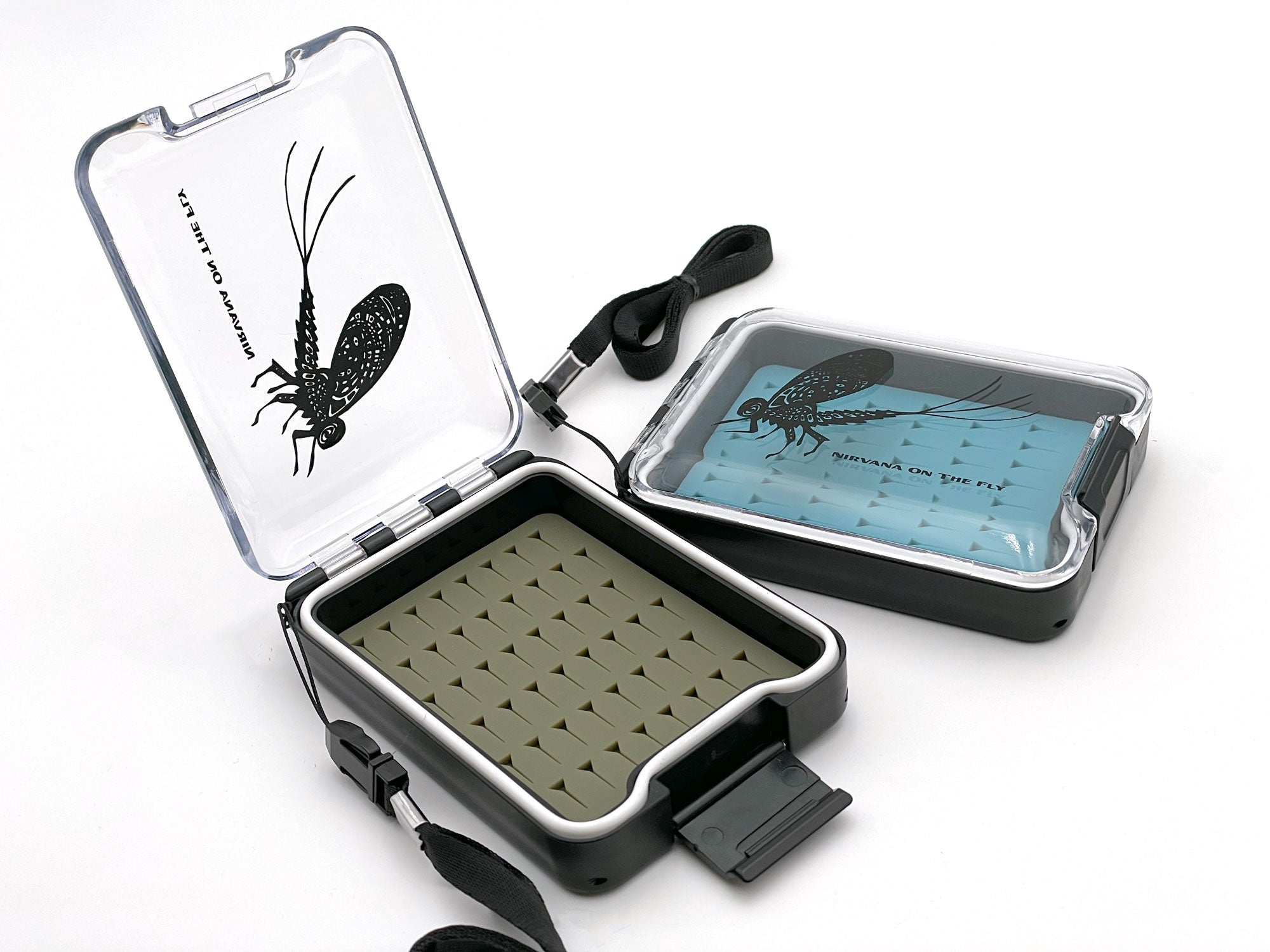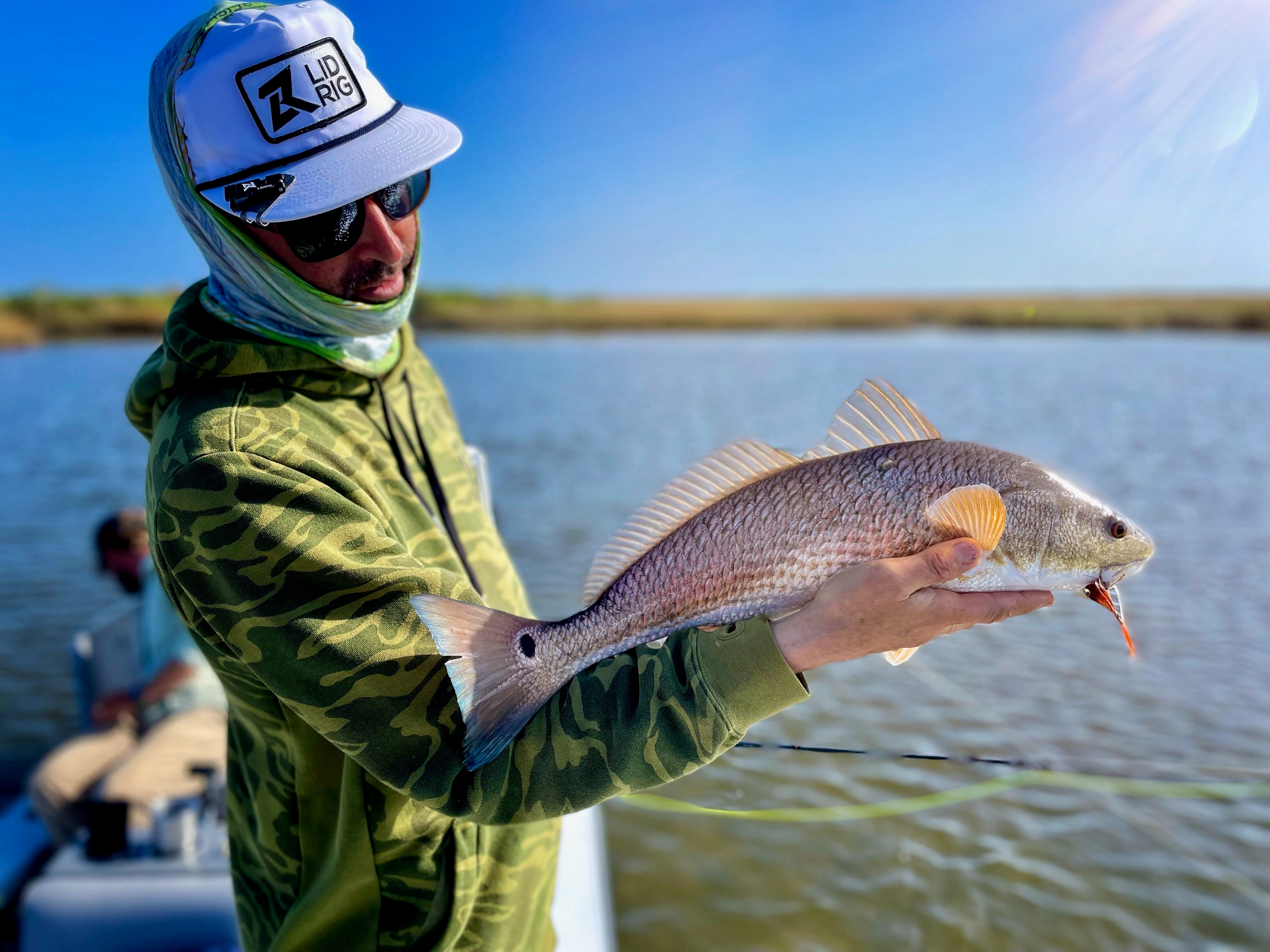The Role of Environmental Awareness in Fly Fishing Efficacy
Fly fishing is not solely dependent on the mechanical skills of casting and fly selection but is also significantly influenced by the angler's ability to interpret and respond to environmental cues. This comprehensive awareness encompasses the dynamics of water bodies, insect activity, fish behavior, weather conditions, and even the angler's mindfulness. Herein, I discuss the pivotal role of environmental awareness in fly fishing, substantiated by observations and empirical evidence where applicable, and provide recommendations for anglers seeking to improve their efficacy.
1. Hydrological Observations and Fish Habitat Identification
Understanding the physical characteristics of water bodies is foundational in fly fishing. Research indicates that fish tend to inhabit areas where they can optimize energy expenditure for feeding (Lotic Ecosystems, 2020). Observing the flow patterns, such as currents, eddies, and seams, alongside recognizing underwater structures (e.g., rocks, logs), are critical for identifying potential fish habitats. It is the Angler’s observation and analysis of these features before casting that can highly increase the likelihood of locating fish that are targetable.
2. Entomological Considerations in Fly Selection
The diet of freshwater fish predominantly consists of aquatic and terrestrial insects, making entomological knowledge a crucial aspect of fly fishing (Aquatic Entomology Review, 2019). Successful anglers monitor insect activity, including hatches, which significantly influence fish feeding behavior. Adapting fly selection to mimic the prevailing natural insects can markedly enhance catch rates, a strategy supported by the principle of "matching the hatch" (Fly Fishing Research, 2021). However, I’m a firm believer that exact matches are not required but that the core principles of a match are. Aligning your selection with the OSSCP Method of fly selection that I’ve written about in detail. Specifically, we focus on Observation, Silhouette, Size, Color, and Presentation. Read all the specifics of the article here.
3. Fish Behavioral Studies
Fish behavior offers insightful cues regarding their feeding patterns and habitat preferences. Subtle indicators such as fin movements, surface breaks, or proximal water disturbances can guide anglers to adjust their strategies effectively (Fisheries Behavior, 2022). Responsive tactics, including changing fly types or fishing techniques based on observed behaviors, can optimize fishing success.
My goal is to understand what type of eating is occurring if any. Then develop a plan around the timing of the eating habits and develop a presentation plan that aligns with the natural occurrences. This often entails changing dropper flies, dry flies, and line thicknesses, but staying in alignment with timing. Should that not work after several tries and I am still in the hunt, I will diverge and use opposite strategies to insert a pattern interrupt and see if I can entice the eat of that observed trout.
Read this article that has several aspects of observation you can start to look for and understand.
4. Meteorological Impacts on Aquatic Ecosystems
Weather conditions exert a substantial influence on aquatic ecosystems and, consequently, on fish behavior. Variations in temperature, precipitation, and wind can alter fish activity levels and feeding habits (Journal of Fish Biology, 2020). Anglers who incorporate weather forecasts and atmospheric conditions into their planning can better align their fishing strategies with these environmental variables.
In my personal opinion by far water temperature is the easiest to observe and take into consideration. Here is an outline identifying the metabolic feeding temperatures that are considered ideal. However, there is scientific evidence of other influences. Let’s take an example, wind. When winds are high they affect the water disturbance, emergence of bugs, etc. and therefore affect feeding habits. Learning to identify these elements through observation will set you up to make better decisions on your approach toward catching fish when the “planets are not aligned.”
5. Psychological Benefits of Mindfulness in Fishing
Mindfulness and presence in the angling context extend beyond mere enjoyment, impacting observational skills and environmental engagement. Research in environmental psychology suggests that mindfulness can enhance sensory perception and attentiveness, thereby improving an angler’s ability to detect subtle environmental changes (Environmental Psychology, 2021). This heightened awareness can lead to more informed decisions on the water.
My favorite example of this is Confidence Flies. Something I’ve learned and adopted from George Daniels. George talks extensively about adopting a set of flies that are your selections specifically and that align with your success. These are flies that you feel extremely comfortable with and can confidently have internal conversations about how they will lead you to a catch. Your visualization of success is a paramount aspect of this approach.
Read this article on the importance of successful visualization in sports and activities.
6. Chronobiological Patterns in Fish Feeding Behavior
Fish exhibit distinct feeding patterns influenced by circadian rhythms and seasonal changes, which can affect their availability and responsiveness to fly fishing (Chronobiology International, 2022). Understanding these patterns allows anglers to optimize fishing times and adapt their approaches to coincide with peak feeding periods.
We talked a bit about this earlier at a micro level when discussing the feeding timing of a specific fish. However, there are macro levels that are more long-term but yet repeatable. Let’s take the example of my local river the Provo River. I know that during relatively normal conditions a specific hatch like the “Buffalo Midge” will often occur from 10:00 AM until 2:00 AM and that before and after I should be focusing and prepared for other tactics. It can often be like clockwork when the hatch turns on and shuts off. The same can occur with “BWOs” however, it is more specifically aligned to the weather. When the weather is overcast and a bit of sun hits the water, the hatches can become prolific in short stints of weather change. I can recall figuring these two out early in my fly fishing and feeling like I had control over the environment or an edge on my usage of time.
Read this article on macro and micro level goals and objectives.
Conclusion
Environmental awareness in fly fishing encompasses a multi-dimensional understanding of ecological, entomological, behavioral, meteorological, and psychological factors. This holistic approach not only enhances the angler's connection with nature but also significantly improves fishing outcomes through informed decision-making and strategy adaptation. Future research should continue to explore these interactions, providing a scientific basis for angling practices and conservation efforts. Most of all I enjoy the aspect that I can often predict when I need to be on as an angler and when I can take a break to look around and enjoy my time out without regret of potentially missing out on opportunities.
***Do you want to get deals on equipment, fly fishing trips, and lots of information? Become a member of the Loyalty Club on the Fly Fishing Insider Podcast.
By Christian Bacasa
Host of the Fly Fishing Insider Podcast
Fly Fishing Insider Podcast Official Website
Instagram Fly Fishing Insider Podcast
Instagram Dupeafish
Facebook
Pinterest
Twitter
LinkedIn
Tumblr
Watch on YouTube
